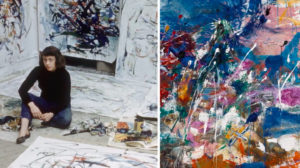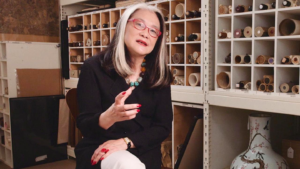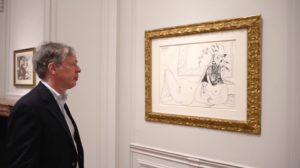MARKET: How Christie’s and Sotheby’s Dominate the Art Market
CNBC
“All else being in flux, it [the art market] seems like an island of stability and calm, in terms of people’s desire to commune with works of art and to live with them.” —Marc Porter, CEO, Christie’s
This week, Kelly Crow at the Wall Street Journal broke the news that the art collection of billionaire financier and extraordinary patron of the arts Donald Marron would be sold in an unprecedented cooperative agreement between three major private galleries, Acquavella Galleries, Gagosian, and Pace Gallery. With an estimated value of the collection around $450 million, by any measure, this is certainly an incredible coup for the galleries. Whether this signals a longer-term trend in the weakening of the auction houses’ dominance remains to be seen.
Digging deeper, Crow pointed out on Twitter that Marron’s will, while not requiring the collection to be sold at auction, did stipulate that if the collection were to be sold at auction, it would have to be sold at Christie’s or Sotheby’s. How did these two auction houses come to such a position of dominance? Last fall, CNBC took a closer look.
From CNBC:
The global art market was valued at $67.4 billion in 2018, the second highest year ever. The United States, United Kingdom, and China are the three largest art markets in the world. Their sales combined make up 84% of the global art market. The auction house is one of the biggest drivers of the art market. Sales at public auctions exceeded $29 billion last year. Two auction houses—Christie’s and Sotheby’s— compete head to head each year capturing more than 40% of global auction sales.






























